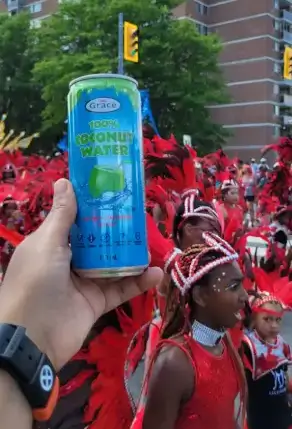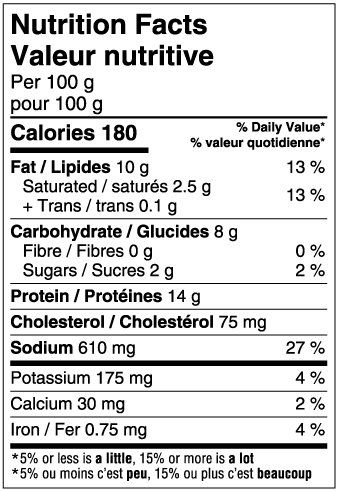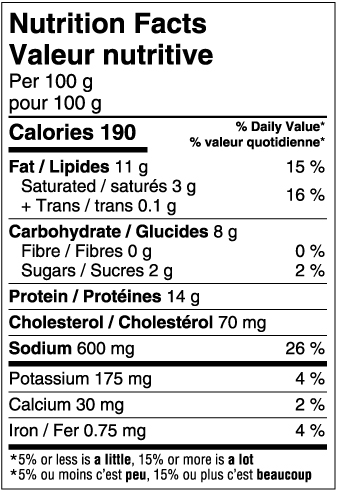History of Toronto Caribbean Carnival (Caribana)

The Toronto Caribbean Carnival (formerly Caribana), is rooted in Trinidad and Tobago’s Carnival, has evolved into a grand celebration of Caribbean culture. The festival, originally an elite pre-Lenten event for the White French and French Creole population in Trinidad, featured African and Afro-Creole masks and costumes. Enslaved Africans developed their own parallel festivities, known as cannes brûlées or canboulay, where they would mimic their French enslavers by painting their faces white and wearing eccentric costumes.
Following the abolition of slavery, the festival transformed significantly as emancipated Africans infused it with their traditions, prompting the withdrawal of the white elite from Carnival activities. This transition laid the foundation for the modern celebration of Caribana.
Caribana began as a one-time event in 1967 to celebrate Canada’s centennial anniversary in Toronto. It showcases Caribbean culture and traditions, drawing over a million attendees annually from around the world. Spectators enjoy vibrant costumes, Caribbean music genres like soca, chutney soca, calypso, reggae, and dancehall, and a variety of Caribbean foods, including jerk chicken, roti, and rum cake.
The multi-week Toronto Caribbean Carnival takes place over late July to early August aligns with the Civic Holiday long weekend and Emancipation Day (Aug. 1), which commemorates the abolition of slavery in the British colonies on this date in 1834. This is why Caribana features parading through the street, reminiscent of 19th-century freedom celebrations.
From 1967 to 1971, Caribana initially aimed to share West Indian culture with the broader community and fund a West Indian cultural centre. The festival has a long history since its beginnings in 1967, with multiple changes made between the ‘70s and early ‘90s. Over the years, the festival faced several challenges such as financial issues, route changes, and increased security concerns. Despite these challenges, it became a significant cultural force in Toronto.
In 2006, due to financial difficulties, the City of Toronto withdrew support from the Caribbean Cultural Committee (CCC), which had organized the carnival since its inception. Scotiabank (Bank of Nova Scotia) announced they had come to a multi-year sponsorship agreement with festival organizers as part of their effort to build their relationship with the community. Scotiabank has a long had a presence in the Caribbean, dating back to the opening of Jamaican branch in 1889.
The festival name changed once again to the Toronto Caribbean Carnival after the Scotiabank sponsorship ended in 2015. Despite the name changes, “Caribana” remains the widely recognized name for the festival.

The Toronto Caribbean Carnival is now considered the largest cultural festival in North America. From its beginnings as a three-day event, it has grown into a Thursday August 1st to Monday, August 5th, 2024, attracting over a million visitors, including celebrities like NBA superstar LeBron James, to Toronto for the Grand Parade and other events held during the festival. Attendees get to see a variety of colourful costumes as participants play mas in a variety of events such as the Grand Parade, the Junior King & Queen Showcase, the King & Queen Showcase, Junior Carnival Parade, and more.





